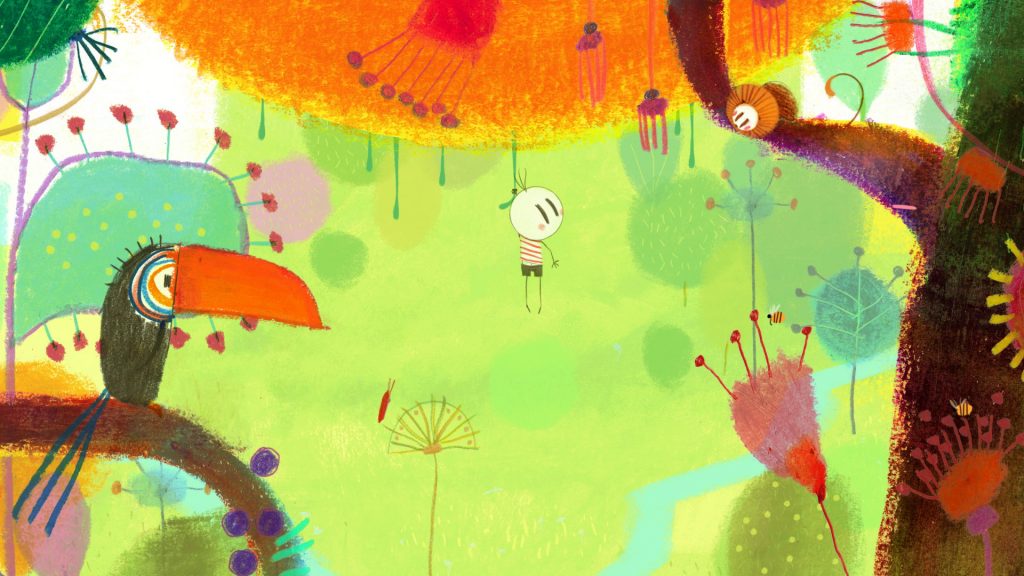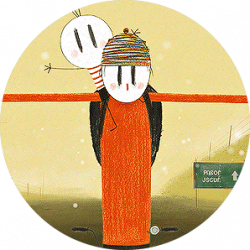Question 1
Paul Wells suggests that ‘Animation as a form has predominantly been understood as a ‘cartoon’ medium, and largely defined by the presence, and performance of Disney Animation from 1928 to the present day. lt may be argued, therefore, that all other forms of animation may be addressed through the ways they relate to or differ from the Disney model. Many animation studios across the world have sought to imitate Disney aesthetically, industrially, technologically, and commercially, while others have resisted this approach, viewing it as something which may misrepresent their own engagement with the medium’ (2002,2).
Can you think of any animation studios/forms of animation/animators who have imitated or been influenced by Disney’s hyperreal animation aesthetic in their editing? How do they do this? Include animation in its myriad forms in your consideration of your answer.
Can you think of any animation studios/forms of animation/animators who resist this aesthetic? How do they do this? Include animation in its myriad forms in your consideration of your answer.
As an animation giant, Disney has set a benchmark in aesthetics, industry, technology and business. That is Disney’s hyperreal animation aesthetic. Beginning with Snow White, Disney’s success has left many animation companies worldwide scrambling to emulate it. This gradually led to the formation of two genres: one that followed in Disney’s footsteps and the other that resisted. What I’m going to talk about is these two kinds of companies.

Firstly, many studios have been influenced by Disney’s hyperreal animation aesthetic, whether editing and the character design and art style. For example, China’s COLOROOM Animation Studio and the United States Lycra Studios and like. From their works, I can always feel the shadow of Disney animation, more or less. To be sure, Disney’s model has been a success after decades of development. The animation created by its series of modes and manifestations is not only the most attractive but also the fastest and most effective way to create animation IP, which means that more viewers will pay for it. Take Nezha: Birth of the Demon Child, which was produced by COLOROOM Animation Studio in 19 years, as an example. In this film, I see many imitations of Disney’s commercialization. For example, Ao Bing is the tall, thin and steady character in character design, while Nezha is short and lively. It’s very similar to Nick and Judy in the Zootropolis. In narrative structure, nonlinear narrative, Exposition-Rising action-Climax-Falling action-Resolution. It’s very similar to Big Hero 6. we have to admit that these kinds of plots design are terrific and exciting. Step by step can grasp the audience’s eyes and mind in the cinema.

But is animation the only way to do that? Fortunately, some companies that imitate the Disney model will only distort their contact with the animation media. They’ll still be bold enough to try something completely different from Disney’s aesthetic. Take the Genius Carnival, for example. The film is a film co-produced by seven Japanese directors and consists of seven separate short films. The movie in the form and content of closer to the artistic animation and experimental animation, I can hardly see in this film there is a Disney shadow, but also I was impressed. Directors seem to be competing to push the boundaries of characters, actions, images and stories. Genius parties are fun, beautiful and sometimes thought-provoking. However, the consequence of opposing Disney aesthetics is that watching in the cinema is more challenging than watching on DVD because the use of ‘the fast forward button’ has proved to be the key to enjoying the film.

Another interesting example is The Wind and Rain Porch Bridge, a stop-motion Animation work produced by NiceBoat Animation and Weichen stop-motion animation studio. This film does not conform to Disney’s Surrealist aesthetics too, which makes it difficult for the audience who have not finished watching it to understand what this animation really expresses. It means that its audience is a small group of people, not the public. However, these do not affect that it is an excellent animation: silent film style, black-and-white colour, cold, rough and crazy tone. In just 20 minutes, each frame can be called a work of art. It not only focuses on the detailed details such as chest ups and downs and hair fluttering following the wind but also the fierce fighting scene.

To sum up, Disney’s aesthetics are commercially successful, but animation, as a comprehensive art, should not be limited to these models. Worldwide animation studios should be creative and innovative, thinking out of these boxes, even if it will be difficult initially. Only by sticking to Disney’s surrealist model will our animated future be letting a hundred flowers blossom.
thanks for watching

